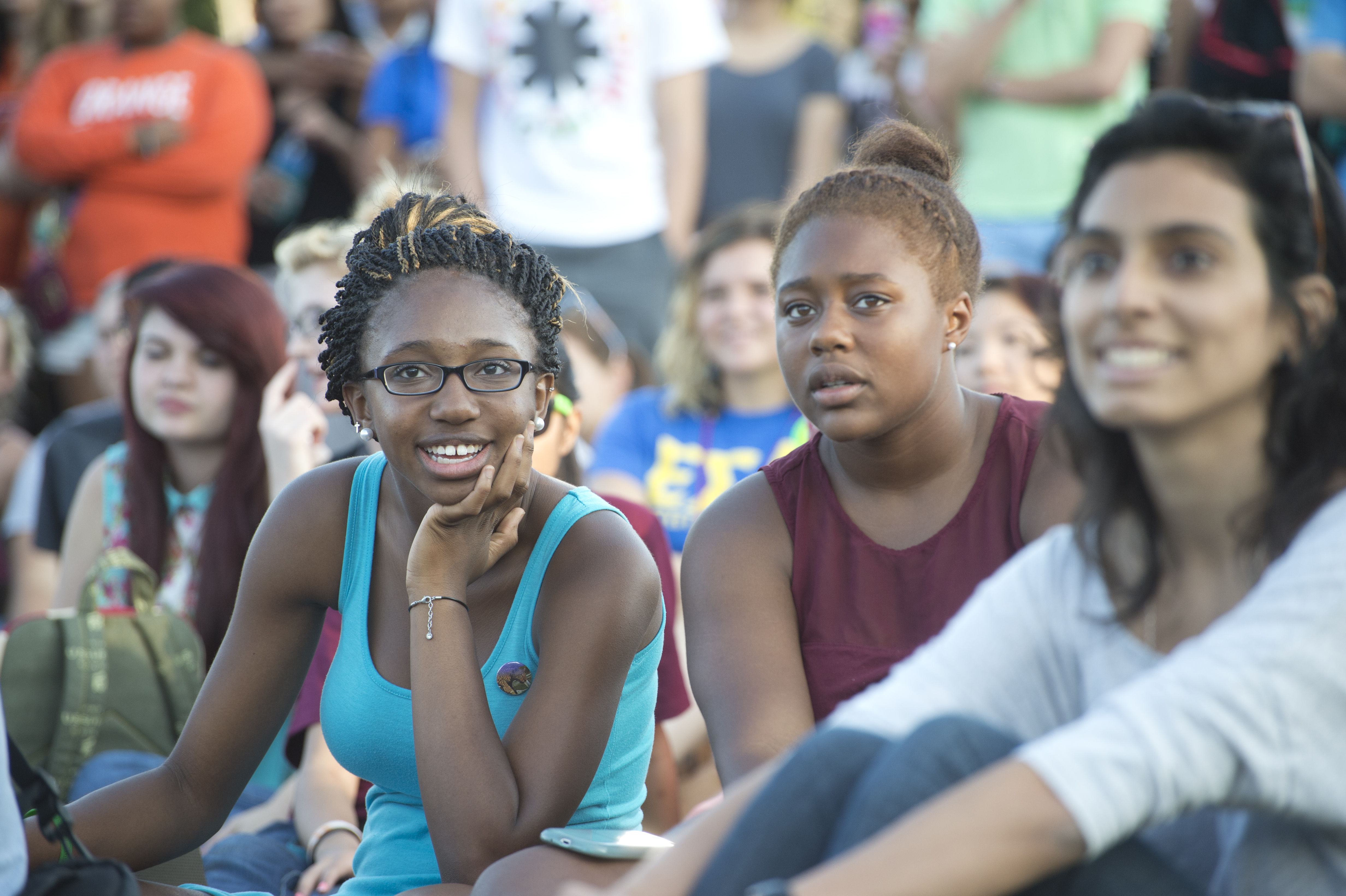Name changes reflect scholarship, opportunity

Three key units in Virginia Tech's Division of Student Affairs have new names, and with the changes come new opportunities for engaging students and collaborating with partners throughout the university.
Student Centers and Activities is now Student Engagement and Campus Life. Multicultural Programs and Services has become the Intercultural Engagement Center. And two units – the Campus Alcohol Abuse Prevention Center and Health Education – have merged to form Health Education and Student Well-Being.
The new names more accurately depict the work being done by those departments and better reflect the scholarship in the areas of student learning and human development, said Vice President for Student Affairs Patty Perillo. “Our work in student affairs is intentional and grounded in the scholarship of our profession,” she said. “We needed to ensure that our language, like our practice, represents this scholarship.
“We want students to know that the learning process is one of engagement; to know that they are co-creators of knowledge and can lead self-directed lives,” Perillo said. “We want them to know that the learning process is not a passive one and that the more they are engaged, the more ownership and emotional commitment they have, the greater the learning and healthier the development will be.”
In a process that involved feedback from staff, faculty, and students, the renaming of Student Engagement and Campus Life was a chance to reaffirm the work of the department. “It gave us an opportunity to take a look at what we do, who we want to be, and ensure that those values are reflected in what we choose to call ourselves,” said Angela Simmons, assistant vice president for student affairs.
“Language is powerful and we had an opportunity to use language to reflect our values. Student Engagement and Campus Life was the top choice as it was a more accurate representation of the work we do surrounding student learning,” Simmons said. “It also reflects how we want people to think about our student centers -- as engaging and vibrant environments where students, faculty, and staff can come together to discuss issues that extend beyond the classroom.”
In renaming the Intercultural Engagement Center, the evolving meanings and use of terms like “diversity,” “multicultural,” “cross-cultural,” and “intercultural” were taken into account. “What we wanted was a name that describes the inclusive community we hope to become,” said Tricia Smith, director of the Intercultural Engagement Center.
“Researchers moved from using ‘diversity’ to ‘multicultural’ in an effort to recognize complexity,” Smith said. “But ‘multicultural,’ merely acknowledges differences. ‘Cross cultural’ begins to speak more to interaction but implies that after exposure to difference, one would return to a safe, homogenous space. ‘Intercultural’ speaks to a fully integrated community where people are asked to walk together on this journey, authentically offering of themselves and courageously seeking to be fully in community with others. It conveys the existence of multiple truths and intersecting identities both individually and collectively. ‘Engagement’ will more clearly call all community members to be a part of the conversation. ‘Center’ implies not just some folks behind a door but also an environment where you can expect to be in community, learning, laughing, growing. The Intercultural Engagement Center, therefore, is an invitation, a call to action, a promise of recurrence, a sustainable learning model,” Smith said.
Similarly, the merging of two units to create one department of Health Education and Student Well-Being was also fully intentional. “Health Education” encompasses topics like alcohol, drugs, tobacco, sun exposure, intimate sexual contact, sleep, and nutrition. “Well-Being” reflects a focus on the whole person. “For us, well-being includes social, purpose, financial, community, and physical thriving,” said Perillo. “We cannot separate human development from health education and promotion, student learning, or well-being. When we consider the experiences of the whole people that students are, we cannot bifurcate domains of their beings or lives.
“Naming these departments was a process of co-creation,” Perillo said. “As a division we worked together to model best practice with names more reflective of the offerings. Many voices were involved. Many options were considered. Many iterations were shared. Ultimately, a consensus was made, particularly with staff working in those areas, and resulted in the new names of these essential areas within the division and university.”
Written by Sandy Broughton.



.jpg.transform/m-medium/image.jpg)
